Bugesera was historically less populated than other areas in Rwanda as it was heavily forested with swamp areas that were infested by the tsetse fly. This area became more populated after the violence in 1959-1962 when Tutsis living the northern region of the country were forcibly relocated to the Bugesera region.
Early Violence 1959-1962
Following the outbreak of violence in 1959, a decision was taken by the government to gather internally displaced Tutsis from the prefectures of Ruhengeri, Gisenyi, Gitarama, and Gikongoro and settle them in the Nyamata Refugee Camp. This was undertaken on 22nd November 1959. Nyamata was selected because there was sufficient land and infrastructure.
The relocated Tutsis were not content with their new environment due to poor living conditions and a desire to return to their homes. Their concerns were raised with the United Nations General Assembly held on 11th-12th December 1960 where a request to close the refugee camps was made. The head of the UNHCR at that time requested that the refugees be allowed to return home and harvest their crops however, all requests were ignored.
First Republic 1st July 1962 – 4th July 1973
During the First Republic, Tutsis were massacred at the refugee camps in this area. Significant attacks in Bugesera were followed by arrests and killings of Tutsi, not only in Bugesera but across the country. On orders from the government, leaders of the prefectures arrested and imprisoned Tutsis on the pretext that they were accomplices of the Inyenzi (or cockroaches, a derogatory term used at that time to describe those Tutsis who were trying to re-enter the country. Later on, the term Inyenzi gathered wider meaning and was applied to all Tutsi). On the day immediately following the defeat of the Inyenzi, more than 200 Tutsis were killed in Bugesera. More were killed in the days that followed.
During periods of relative peace, Tutsis were still persecuted and referred to in dehumanizing terms, such as snakes, wolves, enemies, colonizers. Tutsis had their property confiscated and were relocated to the forest regions of Bugesera. Tutsi children were denied access to education, especially secondary education. Towards the end of the Kayibanda Regime in early 1973, an order was given to expel Tutsi students from secondary schools. Tutsis were unable to secure employment in government institutions, with the exception of teaching.
Second Republic 5th July 1973 – 6th April 1994
Following Habyarimana’s coup d’état in 1973, he implemented policies based on ethnic discrimination and reinforced regionalism, which had started in the First Republic, as reflected in early political speeches by Mbonyumutwa and Kayibanda. Habyarimana perpetuated and formalised many of the divisive practices introduced by the first president.
When the RPF Inkotanyi commenced its attacks on 1st October 1990, persecution of Tutsis was widespread throughout Rwanda. The government conducted a programme of sensitizing people to hate Tutsis, accusing them of being accomplices of the RPF Inkotanyi. This hatred extended even into the churches. Whilst preaching at Kayenzi Church (ADEPR) in 1990, Pastor Uwinkindi was reported to have said, “Fellow Christians, brothers and sisters, pray hard so that those Inyenzi attacking from one way, God may disperse them and pass in seven ways.”
In 1992, massacres that amounted to a rehearsal of the 1994 genocide occurred. The Interahamwe militia of the MRND political party and Impuzamugambi from CDR political party travelled from Kigali and launched attacks in Bugesera, killing many Tutsis. Some managed to escape and sought sanctuary at the Nyamata Church.
One hero of that time was Antoinette “Tonia” Locatelli, an Italian humanitarian and the headmistress of a nearby school, “Familiale”. She witnessed the massacres against the Tutsis in Bugesera and brought it to the attention of the international community. She publicly condemned the violence on international radio, stating, “We must save these people, we must protect them. It is the government itself which is doing this!” Bishop Vincent Nsengiyumva of Nyamata Church ordered her to stop passing on such evidence and warned that if she continued to do so, she would be killed. Locatelli continued to publicly denounce the killings and was subsequently killed by a military officer from the sub-prefecture. Her death was ruled an accident by the authorities.
Anytime the RPF Inkotanyi launched attacks, Habyarimana’s government incited reprisal attacks against the Tutsi population in Rwanda. During the first republic, President Kayibanda had used the word “apocalypse” to describe reprisals that would take place against the Tutsi should the exiled Tutsis attack Kigali. This word – apocalypse – was to have further resonance in 1994.


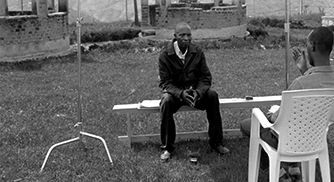
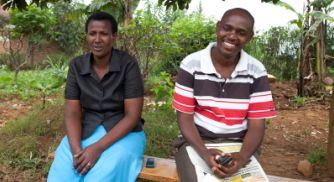
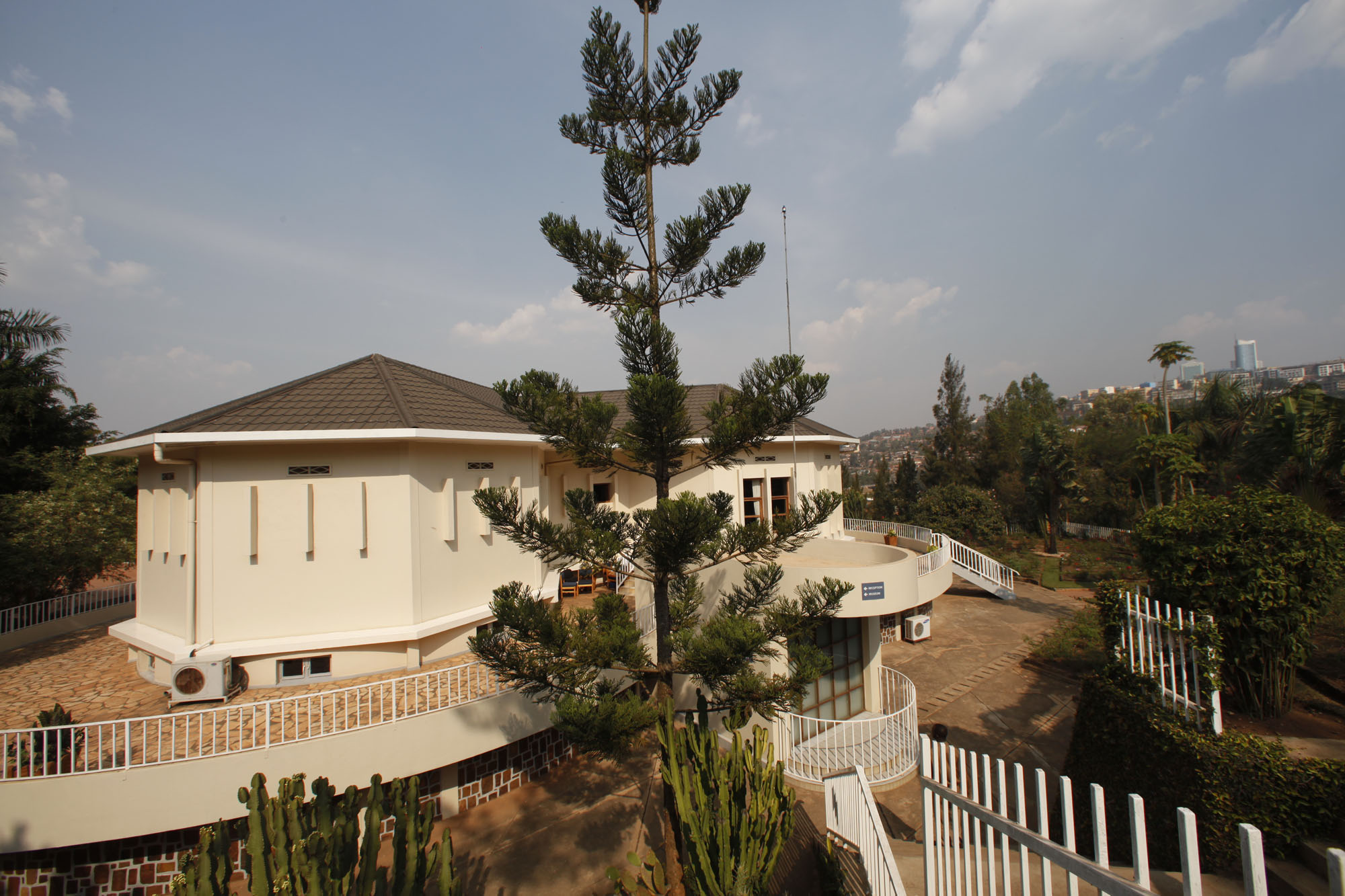
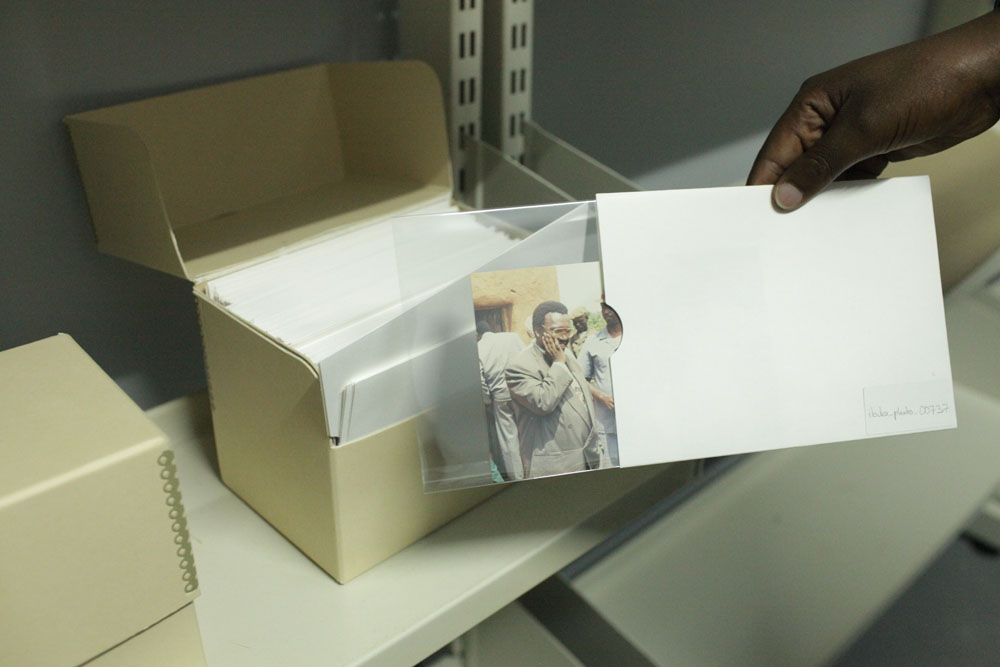
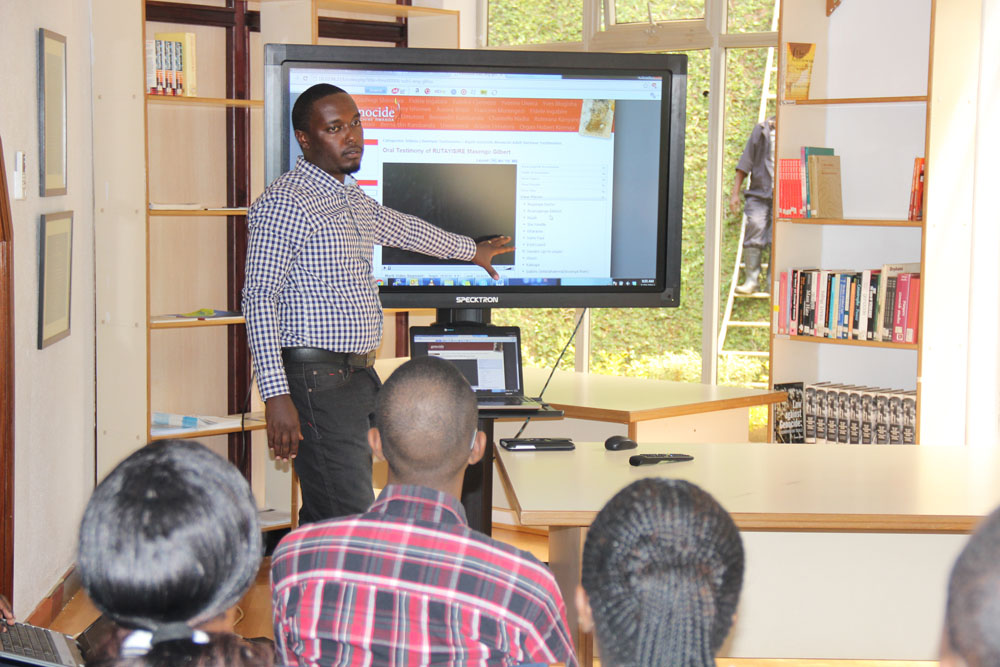

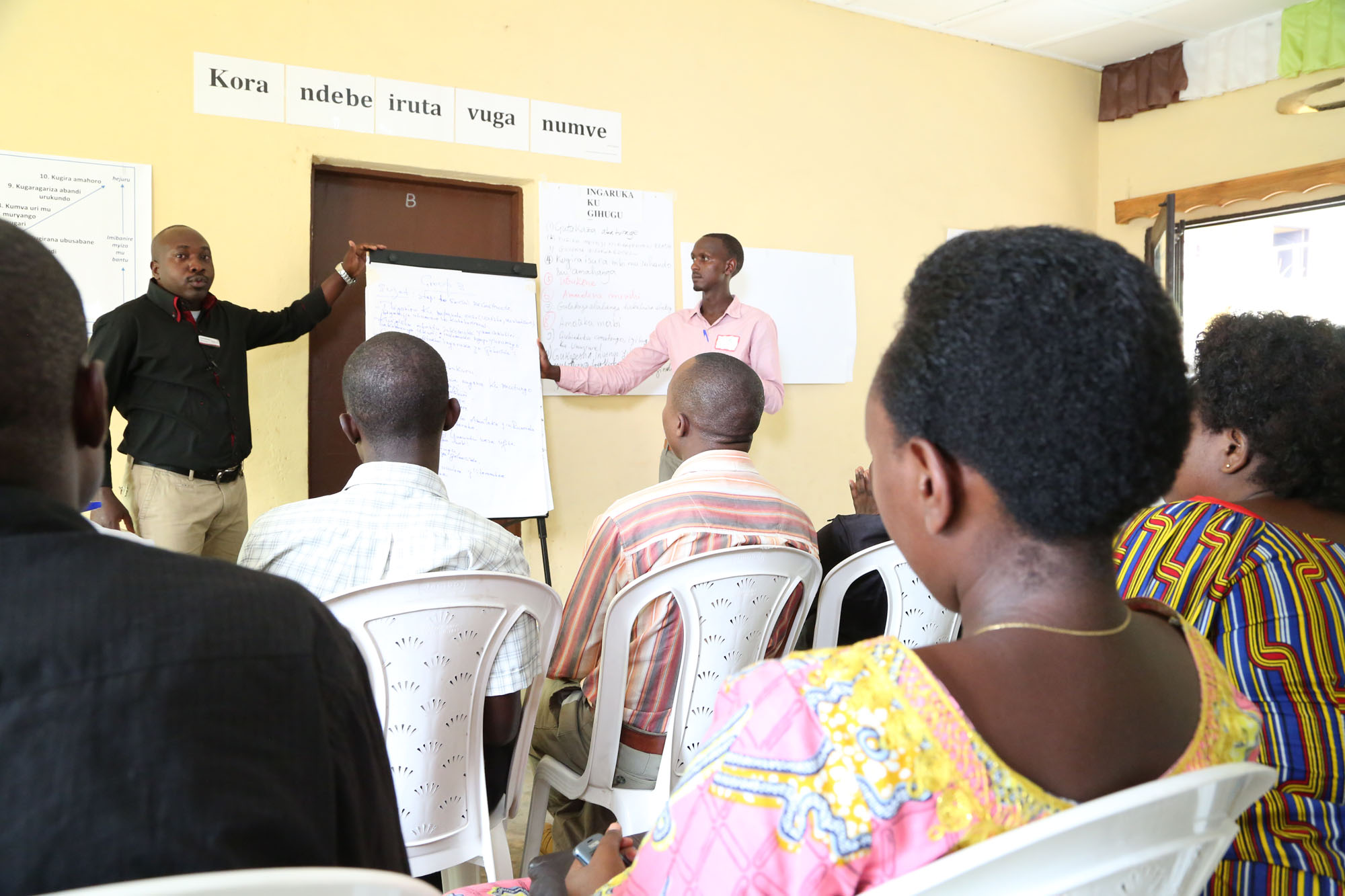


.jpg)
.jpg)
.jpg)
.jpg)
.jpg)
.jpg)
.jpg)
.jpg)
.jpg&rsargs[]=502&rsargs[]=)
.jpg&rsargs[]=502&rsargs[]=)
.jpg&rsargs[]=502&rsargs[]=)
.jpg&rsargs[]=502&rsargs[]=)
.jpg&rsargs[]=502&rsargs[]=)
.jpg&rsargs[]=502&rsargs[]=)
.jpg&rsargs[]=502&rsargs[]=)
.jpg&rsargs[]=502&rsargs[]=)
 Share this gallery
Share this gallery
.jpg&rsargs[]=180&rsargs[]=180)
.jpg&rsargs[]=180&rsargs[]=180)
.jpg&rsargs[]=180&rsargs[]=180)
.jpg&rsargs[]=180&rsargs[]=180)
.jpg&rsargs[]=180&rsargs[]=180)
.jpg&rsargs[]=180&rsargs[]=180)
.jpg&rsargs[]=180&rsargs[]=180)
.jpg&rsargs[]=180&rsargs[]=180)